Tag: Understanding Common Foot Problems and How a Podiatrist in Singapore Can Help
Understanding Common Foot Problems and How a Podiatrist in Singapore Can Help
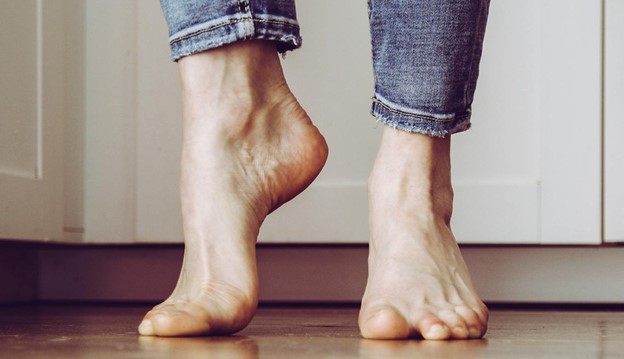
Understanding Foot Ailments: Your Guide to Expert Podiatry Care in Singapore
Our feet bear the brunt of our daily activities, yet they are often the most neglected parts of our body. In Singapore, where people lead an active lifestyle and spend considerable time walking or standing, foot problems can become a common issue.
From minor discomforts to more serious conditions, foot problems can significantly impact one’s quality of life. This article will delve into some common foot problems and explore how a podiatrist in Singapore can provide the necessary care and treatment.
1. Plantar Fasciitis: A Common Cause of Heel Pain
What is Plantar Fasciitis
Heel pain is often linked to a condition known as plantar fasciitis. This happens when the thick band of tissue under the foot, known as the plantar fascia, becomes irritated or swollen.
The pain is usually sharp and intense, particularly noticeable when taking the first few steps after getting out of bed. Factors like excessive strain on the feet, unsuitable shoes, or spending long hours standing can trigger this condition.
How a Podiatrist Can Help
A podiatrist can assess the severity of plantar fasciitis through physical examination and imaging tests if necessary. Treatment options may include custom orthotics to provide arch support, stretching exercises, shockwave therapy, or corticosteroid injections. In more severe cases, surgical intervention might be considered. Early diagnosis and intervention are crucial in managing pain and preventing the condition from worsening.
2. Bunions: A Deformity That Requires Attention
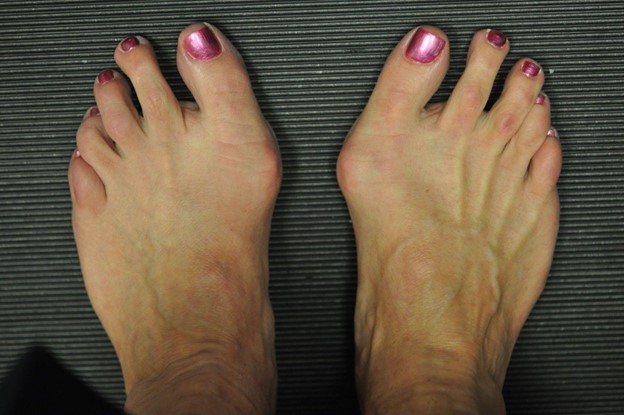
Understanding Bunions
Bunions are noticeable bumps that develop on the joint at the base of the big toe. They occur when the bones in the front part of the foot become misaligned, causing the big toe to lean towards the second toe.
This shift forces the joint to stick outwards. Wearing shoes that are too tight or narrow often worsens the discomfort associated with bunions, making daily activities painful.
How a Podiatrist Can Help
A podiatrist will evaluate the bunion’s severity and suggest conservative treatments, such as wearing wider shoes, using protective padding, or taking anti-inflammatory medications. In cases where conservative treatments do not provide relief, surgical correction, known as a bunionectomy, may be recommended. A podiatrist will guide you through the best treatment plan based on the condition’s progression and your lifestyle.
3. Flat Feet: Beyond Just an Aesthetic Concern
Understanding Flat Feet
When someone has flat feet, the arches of their feet have collapsed, causing the whole bottom of the foot to make contact with the ground. Some people with flat feet experience no symptoms, while others might have pain in the arch or heel area.
This condition can lead to excessive inward rolling of the foot, known as overpronation, which can, in turn, cause discomfort in the knees, hips, and lower back.
How a Podiatrist Can Help
A podiatrist can perform a comprehensive assessment to determine the extent of flat feet and associated conditions. Treatment may involve recommending custom orthotics to support the arches, physical therapy exercises to strengthen the foot muscles, and lifestyle modifications. In severe cases, surgical intervention might be necessary to correct the deformity.
4. Ingrown Toenails: A Painful, Yet Preventable Issue
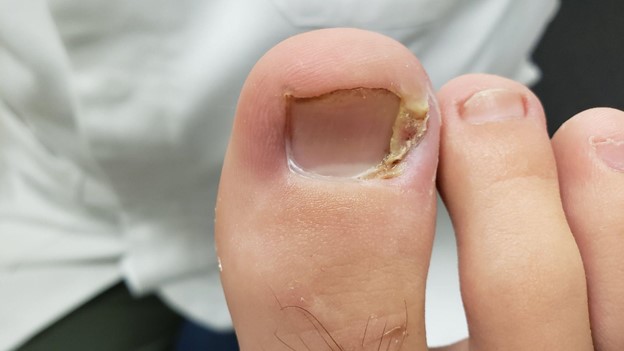
Understanding Ingrown Toenails
An ingrown toenail develops when the corner or side of a toenail starts to grow into the skin nearby, leading to discomfort, swelling, redness, and sometimes infection. The big toe is most frequently affected by this issue, which can be brought on by cutting nails too short, wearing shoes that squeeze the toes, or injuring the toe.
How a Podiatrist Can Help
For mild cases, a podiatrist may suggest proper nail care techniques, wearing comfortable shoes, and soaking the foot in warm water. In more severe cases, where the infection is present or pain is persistent, a minor surgical procedure may be required to remove part of the nail or the entire nail. A podiatrist will provide ongoing care and advice on preventing the recurrence of ingrown toenails.
5. Diabetic Foot Problems: The Need for Regular Monitoring
Understanding Diabetic Foot Problems
People with diabetes are at a higher risk of developing foot problems due to poor blood circulation and nerve damage (neuropathy). Common issues include foot ulcers, infections, and, in severe cases, gangrene. If not addressed promptly, these complications can lead to amputation.
How a Podiatrist Can Help
Regular foot check-ups with a podiatrist are crucial for individuals with diabetes. A podiatrist will perform a thorough examination, assess the risk of foot ulcers, provide education on proper foot care, and recommend suitable footwear.
For existing foot ulcers or infections, a podiatrist can provide wound care, prescribe antibiotics, and perform necessary surgical procedures. Preventative care is essential to avoid severe complications.
6. Athlete’s Foot: A Common Fungal Infection
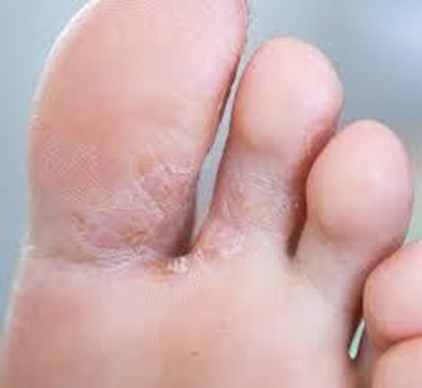
Understanding Athlete’s Foot
Athlete’s foot is a fungal infection that typically affects the skin between the toes. It is characterised by itching, burning, peeling, and sometimes a foul odour. The condition is highly contagious and can spread through contact with contaminated surfaces or by sharing personal items like shoes and socks.
How a Podiatrist Can Help
A podiatrist can diagnose athlete’s foot and recommend topical or oral antifungal medications based on the infection’s severity. They can also provide advice on maintaining good foot hygiene, keeping feet dry, and choosing appropriate footwear to prevent recurrence.
7. Corns and Calluses: Managing Thickened Skin
Understanding Corns and Calluses
Corns and calluses are thickened layers of skin that develop due to friction or pressure. Corns are smaller and develop on the top and sides of toes, while calluses are larger and usually form on the soles. Both can cause discomfort and pain if left untreated.
How a Podiatrist Can Help
A podiatrist can safely remove corns and calluses and provide customised orthotics or padding to redistribute pressure. They may also recommend changes in footwear and advise on skincare routines to prevent further development. In severe cases, additional treatments such as cryotherapy or minor surgery may be needed.
8. Achilles Tendonitis: Understanding Overuse Injuries
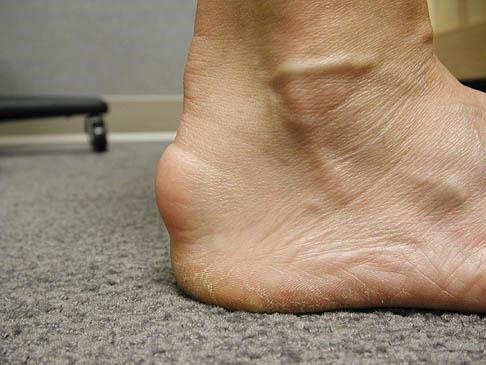
Understanding Achilles Tendonitis
Achilles tendonitis is an overuse injury that causes pain and inflammation in the Achilles tendon, which connects the calf muscles to the heel bone. It is common among athletes and those who engage in high-impact activities like running and jumping.
How a Podiatrist Can Help
A podiatrist will evaluate the condition and suggest treatments such as rest, ice, compression, elevation (RICE), physical therapy, and orthotic devices. For severe cases, advanced treatments like shockwave therapy, platelet-rich plasma (PRP) injections, or surgery might be considered. Preventative measures, including proper warm-up techniques and stretching exercises, will also be part of the management plan.
9. Morton’s Neuroma: Addressing Nerve Pain in the Foot
Understanding Morton’s Neuroma
Morton’s neuroma is a painful condition that affects the ball of the foot, most commonly between the third and fourth toes. It occurs when the tissue around the nerves leading to the toes thickens, causing a sharp, burning pain, numbness, or a feeling of a pebble in the shoe.
How a Podiatrist Can Help
Treatment options include using custom orthotics, modifying footwear, administering corticosteroid injections, and suggesting physical therapy. In cases where conservative measures do not provide relief, surgical removal of the affected nerve may be necessary. A podiatrist will provide a tailored treatment plan based on the condition’s severity and the patient’s lifestyle.
10. Gout: A Form of Arthritis Affecting the Feet

Understanding Gout
Gout is a type of arthritis caused by the accumulation of uric acid crystals in the joints, often affecting the big toe. It can cause sudden and severe pain, redness, swelling, and stiffness. Gout attacks can be triggered by certain foods, alcohol, and dehydration.
How a Podiatrist Can Help
A podiatrist can provide a comprehensive management plan for gout, including medication to reduce uric acid levels, anti-inflammatory drugs to manage pain, dietary advice, and lifestyle modifications. Regular monitoring and early intervention are crucial in preventing recurrent gout attacks and joint damage.
Conclusion: The Importance of Professional Foot Care
Foot problems can range from minor annoyances to serious conditions that impact overall health and mobility. In Singapore, where daily activities demand a lot from our feet, seeking professional care from a podiatrist is essential.
A podiatrist treats existing foot problems and provides valuable guidance on prevention, ensuring long-term foot health. If you are experiencing any foot pain or discomfort, do not hesitate to consult a podiatrist. Early intervention can make all the difference in maintaining a healthy and active lifestyle.
By understanding common foot problems and the role of a podiatrist in managing them, you can take proactive steps to care for your feet and enjoy a better quality of life.